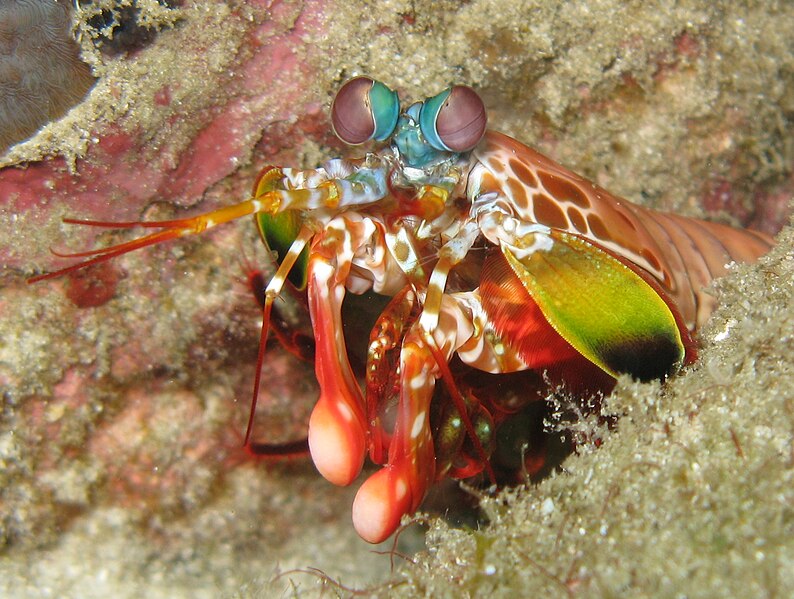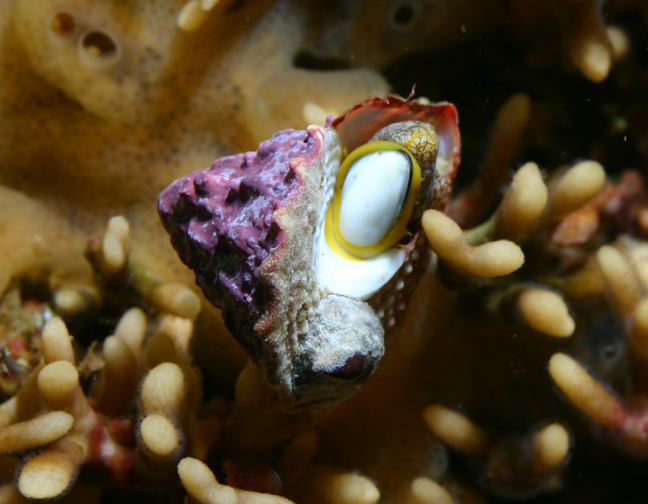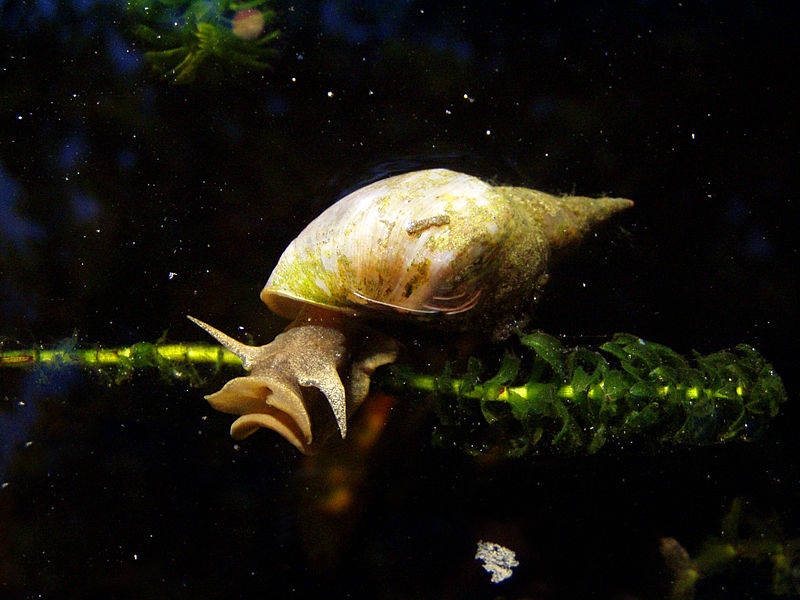 Iodine is one of the most misunderstood, and misused, elements in the marine aquarium. Iodine is both essential, and toxic, so understanding your aquariums needs, and proper use, is critical when using Iodine supplements.
Iodine is one of the most misunderstood, and misused, elements in the marine aquarium. Iodine is both essential, and toxic, so understanding your aquariums needs, and proper use, is critical when using Iodine supplements.
What is Iodine?
That is a complex question. In nature, the element Iodine can take many forms, and is one of a group of elements called essential elements. Many are unstable, or play only minor roles in what is relevant to maintaining your aquarium. The forms of Iodine that are most relevant and form the vast majority of Iodine present in the ocean are Iodide (I), and Iodate (IO3)
Iodide is an inorganic form of Iodine. Concentrations of this form increase with depth in the ocean, and it is considered the most biologically available form of Iodine. It is also the safest form of Iodine to use in the aquarium, and most of the Iodine supplements use this form of coral dip to kill invertebrate parasites, bacteria, and other pathogens.
What is Iodine used for in the aquarium?
 Iodine is a critical element for cellular function and the transfer of nutrients within cells. Larger organisms require Iodine for proper thyroid function, production of hormones, and regulating metabolism. Iodine is utilized by corals for the synthesis of pigments, which allow them to adapt to varying light conditions and provide their tissue with protection from UV radiation. Invertebrates with exoskeletons (primarily shrimp and crabs in the aquarium) incorporate iodine in to exoskeletons and require iodine for molting and forming new exoskeletons as they grow.
Iodine is a critical element for cellular function and the transfer of nutrients within cells. Larger organisms require Iodine for proper thyroid function, production of hormones, and regulating metabolism. Iodine is utilized by corals for the synthesis of pigments, which allow them to adapt to varying light conditions and provide their tissue with protection from UV radiation. Invertebrates with exoskeletons (primarily shrimp and crabs in the aquarium) incorporate iodine in to exoskeletons and require iodine for molting and forming new exoskeletons as they grow.
Testing for Iodine
As I mentioned above, Iodine is in many forms, and testing for iodine is a complex issue. Some test kits measure “total Iodine”. Some test kits don’t tell you what exactly you are testing for at all. Quality test kits, like Salifert, will test for both Iodide and Iodate, allowing you to fully understand what your iodine landscape looks like. Natural seawater has a total Iodine concentration of .025ppm-0.08ppm, depending on depth and location. It is important to monitor the Iodine levels in your reef, as low levels may inhibit the important biological processes that have been discussed. Iodine is also a toxic substance, so levels above natural seawater concentrations can be toxic or fatal for invertebrates, and very high levels can kill fish and other vertebrates also. The standard level to shoot for in the marine aquarium is generally recognized as about 0.06ppm.
Dosing Iodine
Whether you need to actually dose Iodine or not is a topic of debate amongst reef experts. The answer lies mostly in the type of system that you are running. Iodine is present in salt mix, many additives, and most importantly many foods that you put into your tank. One of the myths that has grown in the hobby is that you HAVE to dose iodine if you’re keeping soft corals and molting invertebrates. While it is absolutely true that these animals demand Iodine, it is also true that Iodine is highly toxic if  overdosed, and blindly supplementing with iodine additives can be quite dangerous. Just because you keep these animals, does not automatically require that you dose iodine.
overdosed, and blindly supplementing with iodine additives can be quite dangerous. Just because you keep these animals, does not automatically require that you dose iodine.
Iodine levels are lowered or depleted by protein skimmers, chemical filtration, and biological processes. If you are running a heavily stocked, heavily fed fish only (FO) or fish only with live rock (FOWLR) aquarium, you may find that you are maintaining natural seawater levels of iodine simply through water changes and feeding alone. If you are running a low nutrient, coral dominated, lightly fed aquarium, you will most likely find that supplementation is required to maintain optimum Iodine levels.
There are a number of quality Iodine products available from manufacturers who specialize in marine supplements, like Brightwell Aquatics, Kent Marine, SeaChem, Red Sea and others.
Hopefully you found this helpful, keep an eye open for upcoming blogs about the roles of other supplements for marine/reef aquariums.
Thanks,
Dave
 No matter the profession, everyone has favorite parts of their jobs. One of my favorite “duties” is identifying the livestock we get into our store. Although we used to only offer them as “assorted” individuals, we recently started identifying the Mantis Shrimp we get in whenever possible and they’ve become my new favorite subjects!
No matter the profession, everyone has favorite parts of their jobs. One of my favorite “duties” is identifying the livestock we get into our store. Although we used to only offer them as “assorted” individuals, we recently started identifying the Mantis Shrimp we get in whenever possible and they’ve become my new favorite subjects! That Fish Blog – Aquarium Advice and Information
That Fish Blog – Aquarium Advice and Information






